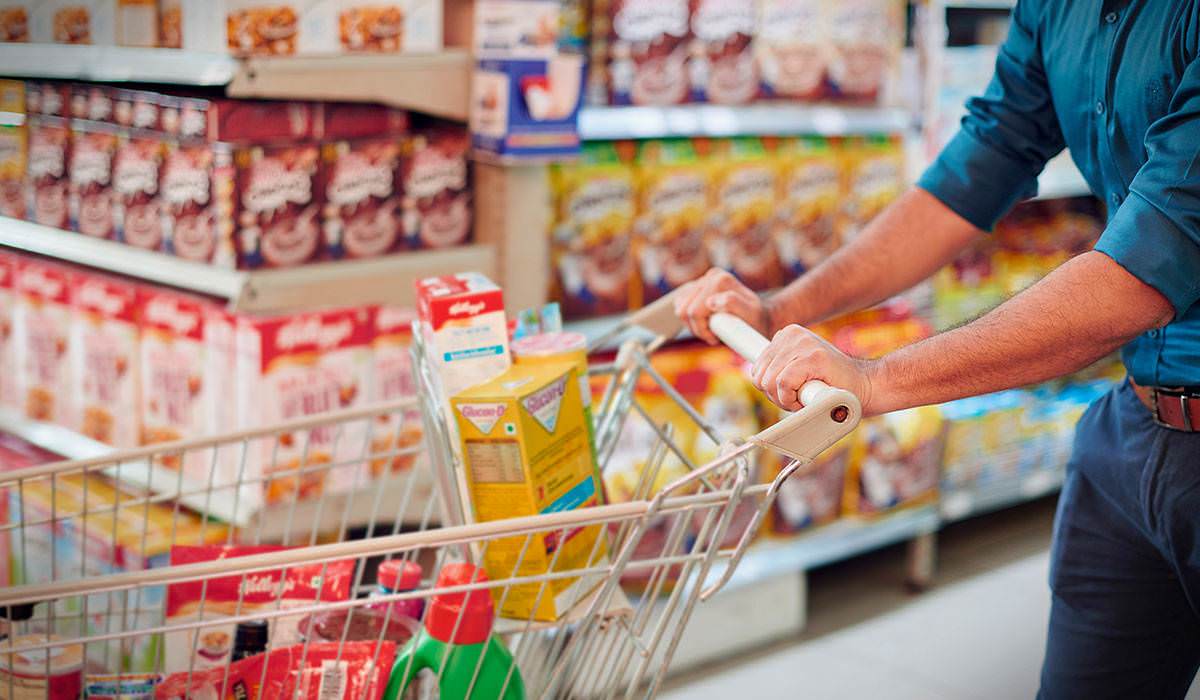Dec 19/18NEWS
Brick-and-mortar in India’s e-commerce market
In retail, consumers go to a product. Now, in the age of e-commerce, it’s the product which comes to consumers — anywhere, anytime. Technology has made it seamless.
E-commerce consumers expect affordable and fast fulfilment, real-time delivery tracking and notifications. But the everyday brick-and-mortar retailers are facing a challenge – in big, consumer-driven countries like India and the Middle East, how do you ensure brand visibility when top websites already offer hundreds of millions of SKUs?
From desktop to mobile, Asian cities have also leapfrogged the desktop era.
Smartphone affordability and growing internet access have led to significant ecommerce and m-commerce expansion in connected cities. The result? Retailers and brands must invest in smart digital infrastructures designed for mobile users. Digital intermediaries like payments, search and social will be key factors in fostering customer engagement and retention in cities with high connectivity.
“Internet has become an integral part of this growing population segment for remaining connected with friends, accessing emails, buying movie tickets and ordering food. The changing lifestyles of the country’s urban population have also led many people relying on the internet for their shopping needs. The convenience of shopping from the comfort of one’s home and having a wide product assortment to choose from has brought about increased reliance on the online medium,” says Milan Sheith, E&Y’s Tech Lead in India.
The good news is that real-world stores are here to stay and technology will help retailers or brand owners looking to invest in India or the Middle East meet the needs of consumers. The limits of a physical location start to melt away when you supplement your brick-and-mortar operations with the limitless potential of the internet.
The latest technological innovations have broken down the barriers between physical and digital retail and have provided new ways for consumers to discover, purchase and receive goods.
“The blending of online and offline retail is a real trend. From our experiences in other markets, it can be very complimentary – local showrooms, pick up points. You really can’t tell if it’s an online or an offline business anymore,” says Bob van Dijk, Group CEO of Naspers that owns a strategic stake in Flipkart.
New technologies like AI and VR can be leveraged by brands to showcase products in-store. As retailers promote curated ranges, many with an organic or sustainable focus, suppliers should consider tapping into this trend with relevant product development and inspirational in-store merchandising.
Also offline, the household goods categories have already seen significant shifts. Grocery has so far been more isolated from the full demands of e-commerce due to barriers to deliveries and consumer perception, particularly in fresh and frozen.
Fresh in particular is still an area where physical stores hold a crucial advantage over e-commerce. Many consumers still value the ability to select the freshest produce themselves or are sceptical about the quality of products chosen and delivered. This is why fresh is being emphasised by retailers as a key differentiation point.
At the end of the day, it’s important to keep in mind that the consumer is king and having an omnichannel presence is a must for both business and brand success.



